Which System Fits My Home?
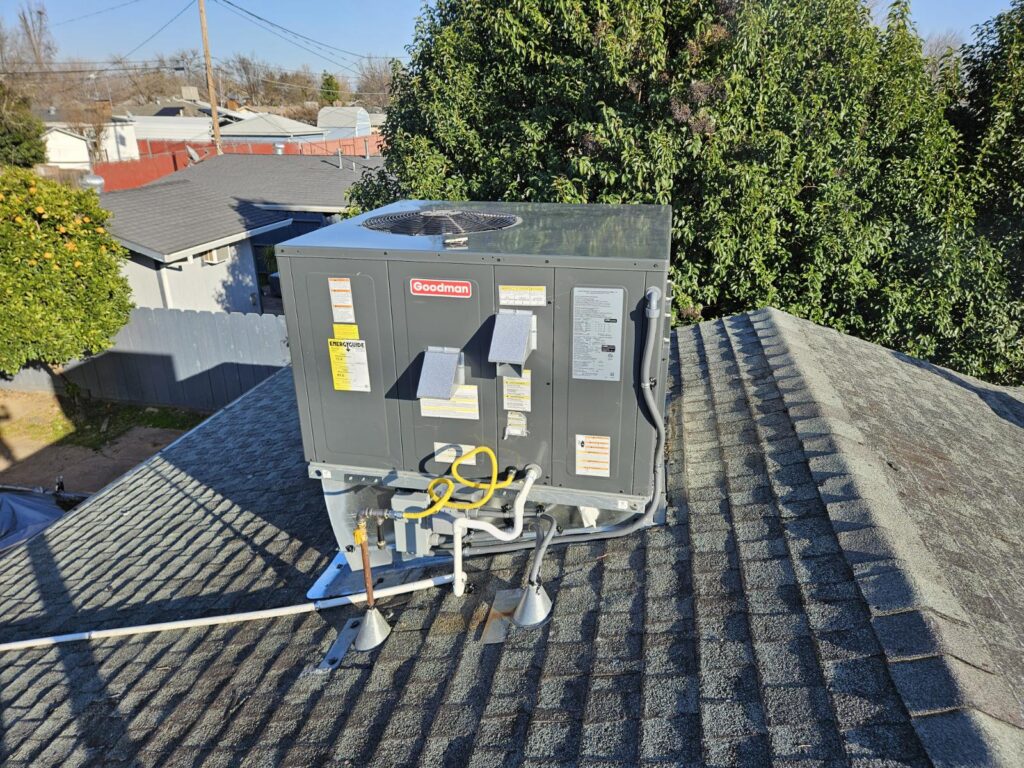
Package Unit
These types of systems can be placed either on a flat or pitched roof or on the ground.
They are available in all electric heat pump and in gas electric models which can include propane.
Before considering a system that requires a furnace, keep in mind that California has new rules on the books that prohibit furnace sales after 2030. Sometimes that can mean parts are less available when the system has trouble later on.
They can be powered with a single set of wiring.
The package style unit comes pre charged with refrigerant which makes the installation less complicated.
Their efficiency is typically limit to 14 and 16 SEER, but the 16 SEER option is usually 2 stage.
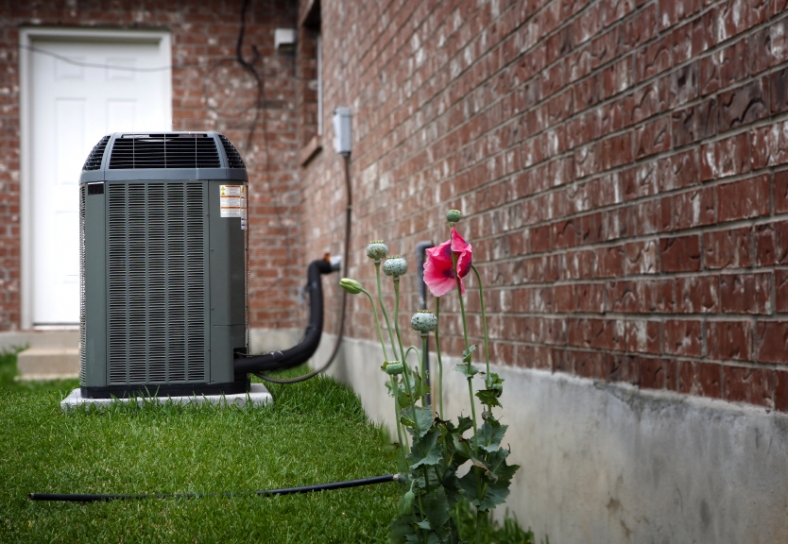
Split Air Conditioner With a Furnace
The furnace and indoor cooling coil for these systems can go in several different locations, like a closet, an attic, a laundry room, or an attached garage.
Before considering a system that requires a furnace, keep in mind that California has new rules on the books that prohibit furnace sales after 2030. Sometimes that can mean parts are less available when the system has trouble later on.
The condenser for this style will typically be located on the ground outside but can also be placed on a roof.
Whether propane or natural gas these furnace have a wide range of efficiency levels, starting at 80% with some achieving a full 98% efficiency.
The air conditioners also have a wide range of efficiencies including 13.4 SEER2 and some getting as high as 24 SEER2.
These units do require refrigerant lines between the individual componants that have to be put through an extensive process prior to initial use.
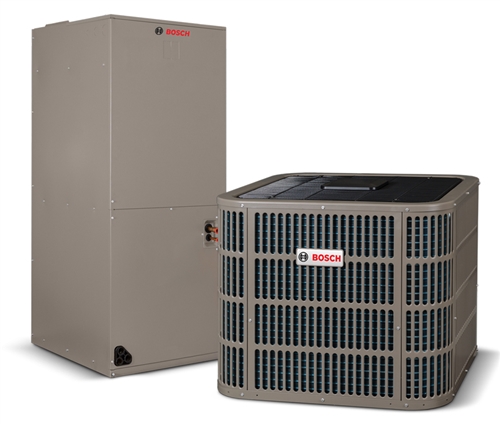
Split All Electric Heat Pump
The air handler for these systems can go in several different locations, like a closet, an attic, a laundry room, or an attached garage.
The condenser for this style will typically be located on the ground outside but can also be placed on a roof.
The heat pumps also have a wide range of efficiencies including 13.4 SEER2 and some getting as high as 24 SEER2.
All heat pumps use the refrigeration cycle in reverse to heat heat your home and in some cases require additional electric heat strips to assist durring the winter. The climate in the north valley is typically warm enough to keep the heat strips from turning on.
Because heat pumps are all electric, your electricity bill will be higher when switching from propane or natural gas, however, your gas bill will be lower.
These systems are great for homes with solar.
These systems can (in most cases), be used to replace a conventional a/c with furnace or a packaged unit on the roof, with minor modifications.
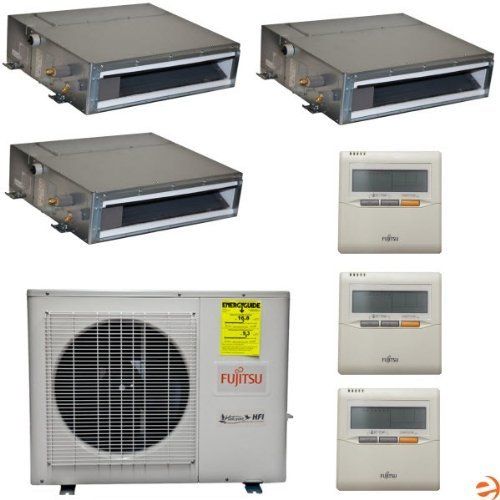
Ducted Mini Split
A ducted mini split is essentially like a conventional heat pump. They can come with a slim duct air handler like the ones depicted in the picture, or they can be paired with a more conventional looking air handler like the one depicted in the conventional heat pump picture.
The major difference is the connection that is used to attach the refrigerant lines to the system. In a conventional heat pump these lines are brazed in, (a type of high temperature solder that makes a very strong connection). In a mini split those connections are made with a flare fitting, (the line is flared out at the end and a nut is torqued down to seal the flare to the equipment).
The flare fitting is strong and will typically last for several years, however, eventually they will loosen and begin leaking refrigerant. Even when done correctly, these leaks will typically start between 5 and 7 years after installation. If done incorrectly the leak can start right away.
These systems can (in most cases), be used to replace a conventional split system,(heat pump or a/c with furnace), or a packaged unit on the roof, with minor modifications.
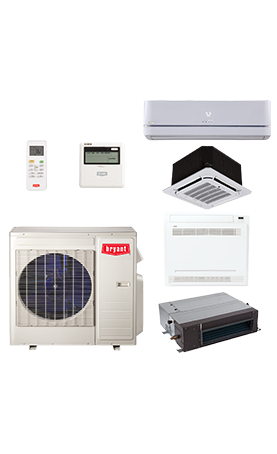
Ductless Mini Split
A ductless mini split has an increased efficiency due to the lack of ducting. The air handler is placed in one of three locations.
1. Ceiling: Mounted nearly flush with the ceiling and between roof trusses.
2. Floor: Mounted against a wall at floor level, it sticks out about 8 inches and is approx 24 inches tall.
3. Wall: Mounted high up on any wall in the house, these stick out from the wall approximately 10 – 12 inches, they are 32 to 42 inches wide, and require 6 – 10 inches of clearence above the indoor unit for air flow.
Just like in a ducted mini split the connections are made with a flare fitting, (the line is flared out at the end and a nut is torqued down to seal the flare to the equipment). Unlike a ducted system these units will require an indoor unit for each room that you want to be conditioned.

